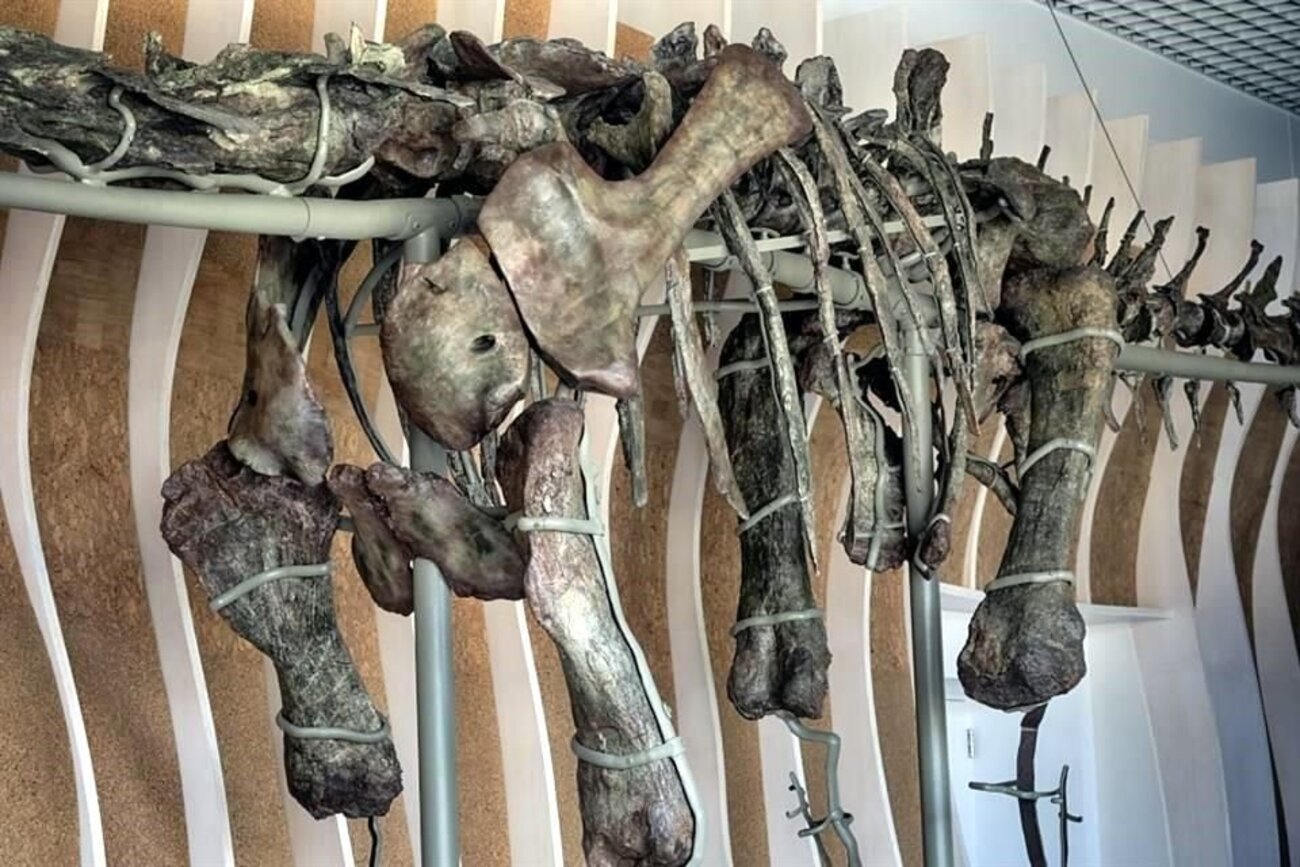
Salt Museum in the USA Where Walls Can Be Licked
La Sal del Rey: A Natural and Historical Treasure in South Texas
In South Texas, near the Rio Grande Valley, lies La Sal del Rey, a natural salt lagoon that has played a fundamental role in the history and culture of the region. While not a conventional museum, this unique site offers an educational experience about the importance of salt throughout human history, particularly its impact in South Texas.
History and Cultural Significance
La Sal del Rey has been a vital source of salt for centuries, used by various peoples and cultures. Before European arrival, Indigenous communities harvested salt from this site for preservation and as a form of currency. During the Spanish colonization, the lagoon became a strategic resource for salt extraction, essential for food preservation and leather production.
During the American Civil War, La Sal del Rey played a crucial role for the Confederacy, which relied on salt to preserve meat and supplies. This rich history highlights the importance of this natural resource in the economic and social development of the region.
Unique Natural Features
La Sal del Rey is one of the few natural salt lagoons in the United States. Covering approximately 530 acres, its high salinity levels are remarkable, reaching up to four times the concentration of average seawater. This phenomenon allows salt to crystallize on the surface at certain times of the year, creating a bright white landscape that contrasts with the arid surroundings of South Texas.
The site is also a vital ecosystem, home to migratory birds and wildlife that depend on the lagoon and its environment for survival.
Activities and Access
Currently, La Sal del Rey is part of the Lower Rio Grande Valley National Wildlife Refuge, managed by the U.S. Fish and Wildlife Service. Visitors can enjoy activities such as hiking, bird watching, and photography along its designated trails. Due to the terrain and climate, it’s essential to bring water, sunscreen, and appropriate footwear.
Conservation and Education
Although there is no physical museum on-site, local conservation agencies have developed educational programs to teach visitors about the history, geology, and ecology of La Sal del Rey. These efforts aim to preserve this natural treasure for future generations while fostering environmental and cultural awareness.
Conclusion
La Sal del Rey is more than just a lagoon; it is a living testament to the interaction between nature and humanity throughout history. This site invites reflection on the importance of natural resources and their role in shaping societies, offering an enriching experience for those seeking to connect with the past and explore the natural beauty of Texas.










DEJE UN COMENTARIO:
¡Únete a la discusión! Deja un comentario.